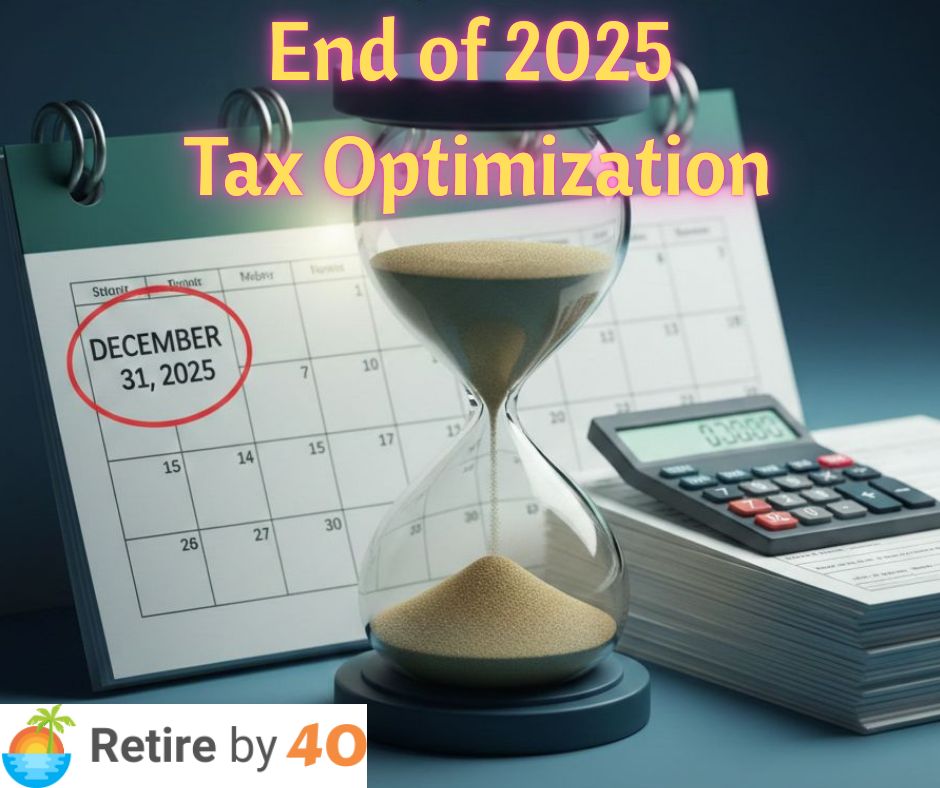Why do so many New Year’s resolutions revolve around food? It’s probably because so many of us eat without restraint, gorging ourselves on extra-large portions; because we know we should be eating less junk and more fruits and vegetables, but still end up reaching for that cookie. It’s because what we eat and what we know we should eat don’t line up.
But it’s not only our own health that’s at stake. Today one in four adults in Latin America and the Caribbean is obese (a body mass index of 30% fat or more), and obesity is increasing faster there than in other parts of the world. That can mean more cardiovascular disease and type-2 diabetes, as well as lost productivity and real strains on the health system.
All this has implications for policymaking. As many parts of the world, including Latin America and the Caribbean, become richer, understanding the mechanisms behind food choices and designing policies to improve them become ever more urgent. But we already can begin to get control of our own food situation now. A growing body of research contains key insights on food consumption, and they can make 2019 resolutions easier to keep.
When it comes to food, size matters
Whether around the dinner table, an all-you-can-eat buffet, or a fancy restaurant, people tend to fill their plates regardless of their size. This mindless habit leads to one of two negative consequences – excess food intake or waste. One study comparing buffets found that customers at buffets with large plates served themselves 52% more food, ate 45% more, and wasted 135% more than at buffets with smaller plates. Examples abound across other areas too. Increasing the size of the serving bowl led the average participant in another experiment to consume 31% more ice-cream, while increasing the size of the serving spoon led patients to increase their dosage of cough medicine by 22%. Even the size of packaging matters. Doubling packaging size, the authors of these experiments found, increased consumption by 18-25% for meals and 30-45% for snacks.
If these findings are disturbing, they also point to a surprisingly easy solution. Preemptively reducing plate or portion size can actually reduce excessive food intake while combating waste. Combining such simple changes with an understanding of social norms may provide an even bigger impact. For example, people at a buffet might heap up huge portions because they feel embarrassed to continue going back for second or third helpings. But researchers examining the impact of offering smaller plates at one hotel buffet also put up a sign saying ‘‘Welcome back! Again! And again! Visit our buffet many times. That’s better than taking a lot at once’’. Not surprisingly, they found that the combination of the two strategies achieved impressive health and sustainability gains at minimal cost.
It’s all about choice architecture
Choice architecture refers to the way options are presented to consumers. Marketers have been using it for years to boost consumption (like placing chocolate bars at the check-out counter to tempt you when you’re impatient and hungry). But managers of work and school cafeterias have given it much less thought. This is beginning to change as governments and companies eager to demonstrate corporate responsibility harness choice architecture to nudge individuals towards making healthier choices. This could include strategies like placing fruits and vegetables first among foods in a cafeteria line or more at the eye level of customers. And when accompanied with comprehensive labelling, such as the traffic-light method which labels healthy items in green and unhealthy items in red (with intermediate ones in orange), it can deliver highly significant gains. For example, a study in a hospital cafeteria found that combining traffic-light labeling and choice architecture resulted in employees making significantly healthier food choices, an effect that was sustained for a period of over two years.
Giving it another thought
“Are you sure you want another piece of that dessert?”Such a passive-aggressive comment from your aunt during the holiday dinner might not be the most pleasant thing to hear, but a less judgmental version from a more neutral source may be all it takes to limit the calorie intake of your next meal. In a study conducted at a Chinese fast food restaurant, a group of researchers found that simply asking customers whether they would like to downsize portions of starchy side dishes was enough to get 14% to 33% of them to accept the offer, leading to an average calorie reduction of more than 200.
The lesson is that whether your goal is to fight the rising obesity in the region or stick to your New Year’s resolutions, turning to behavioral economics to investigate how food-related decisions are made and how they are influenced by our perception, the physical environment and social cues, is essential. Whether for our good or for the greater good, small and often inexpensive changes in the environment and the way information is presented can make all the difference.
You can read about the work that we do at IDB’s Behavioral Economics Group here. 2019 is going to be a busy year for us, so make sure to subscribe in order not to miss our next blogs, events and projects.
Publisher: Source link











